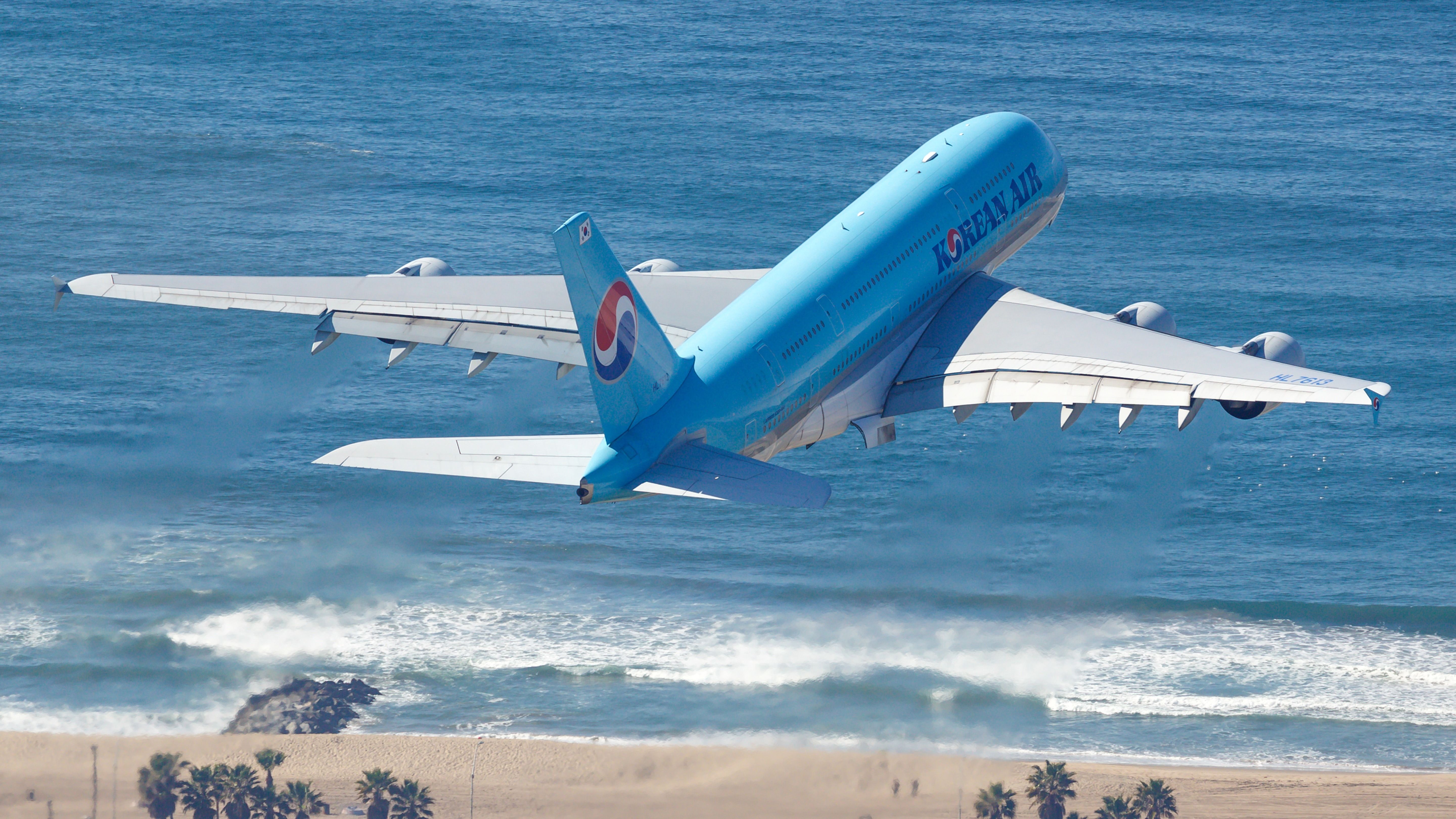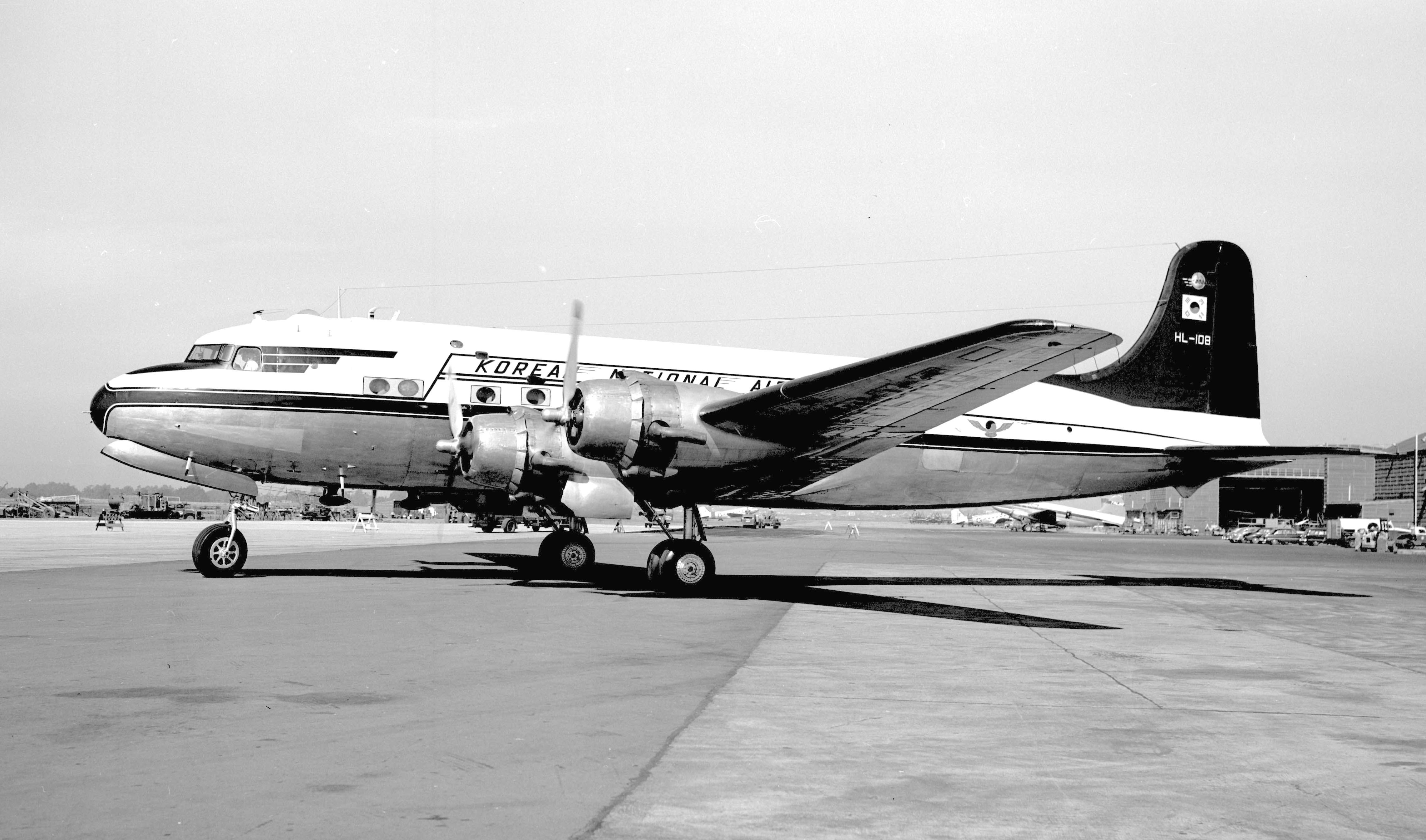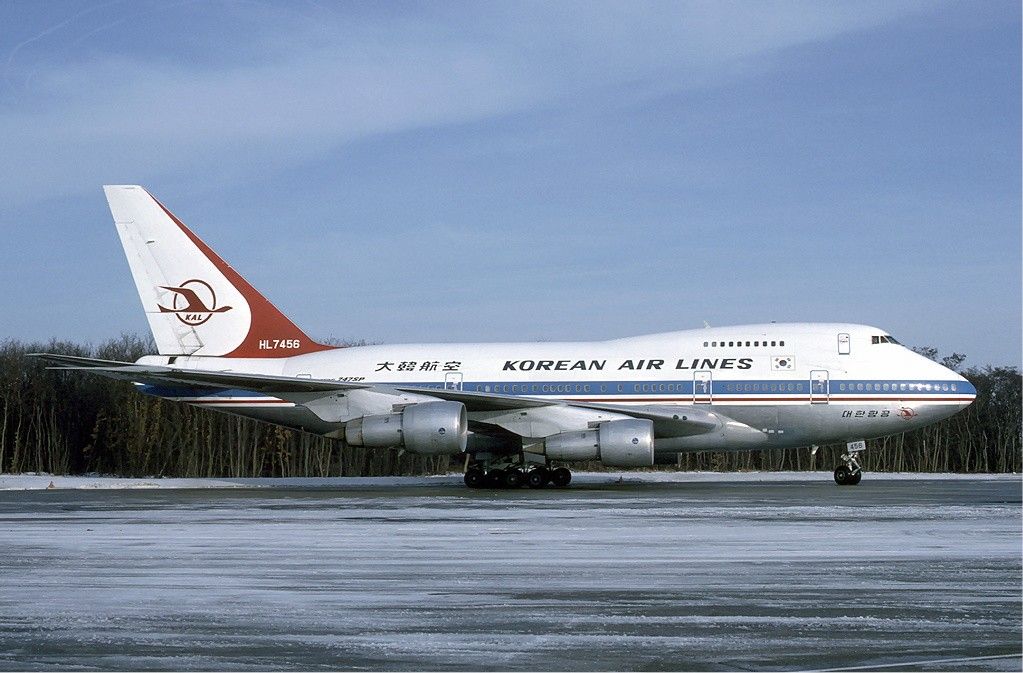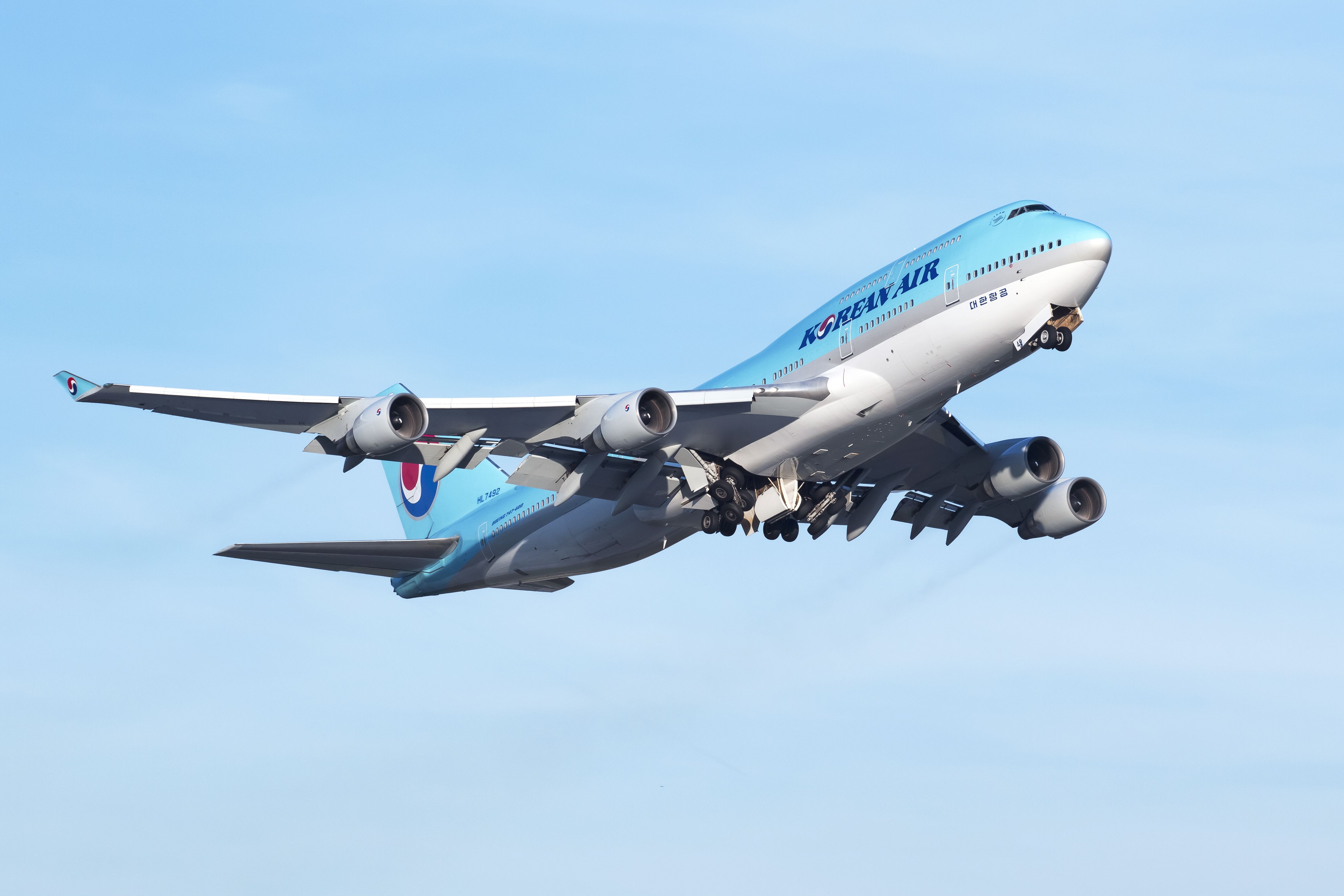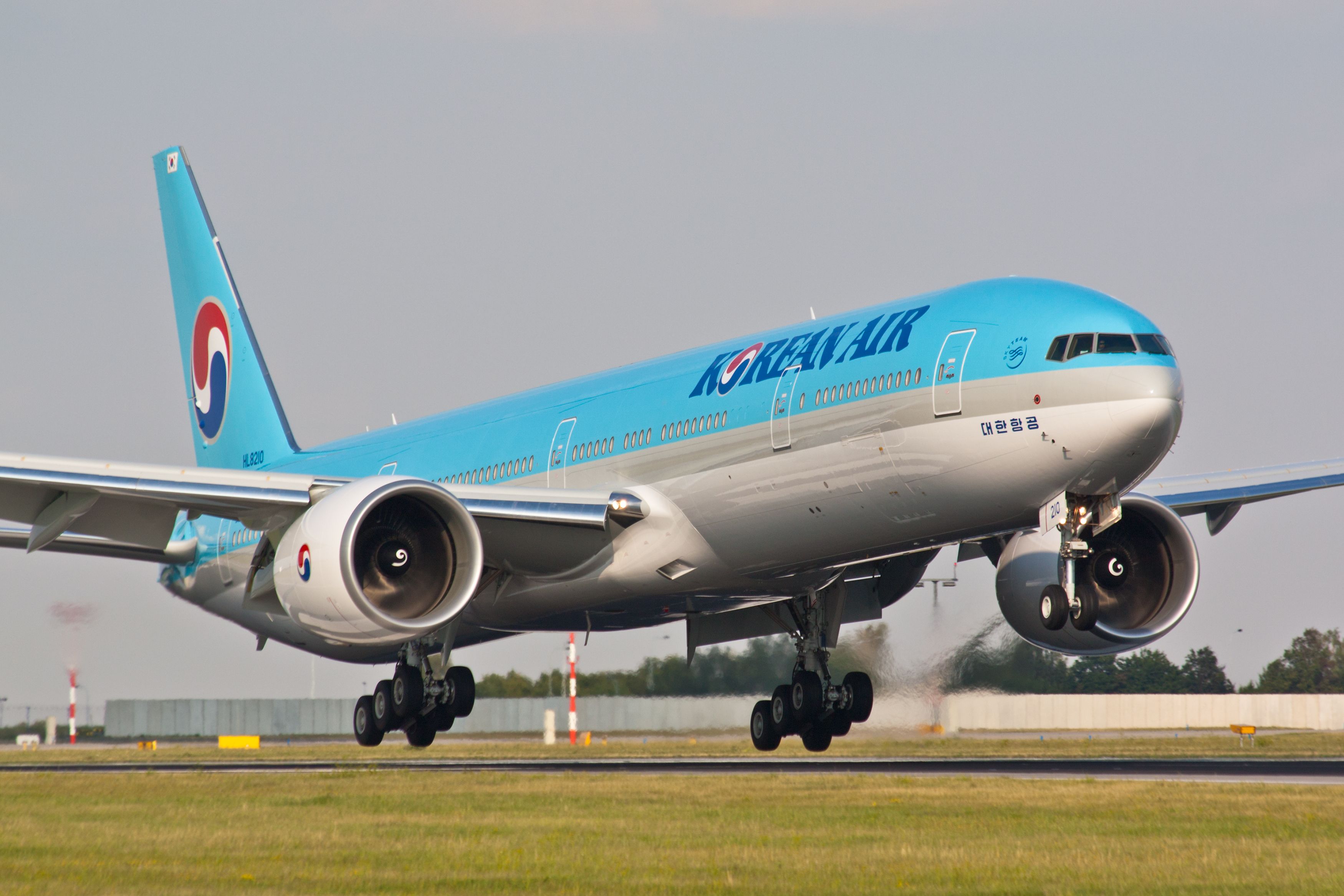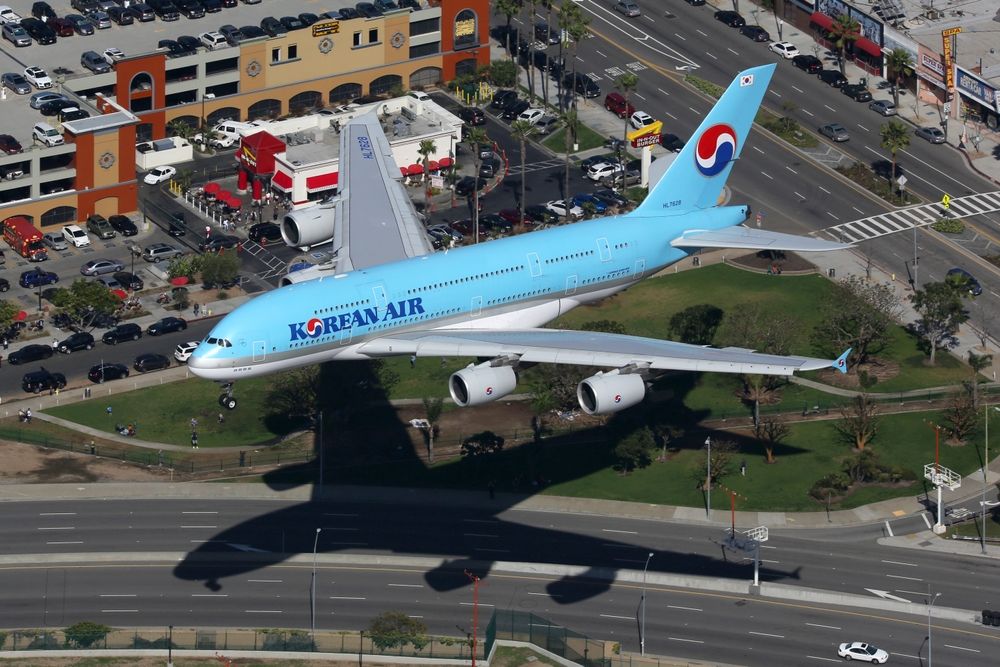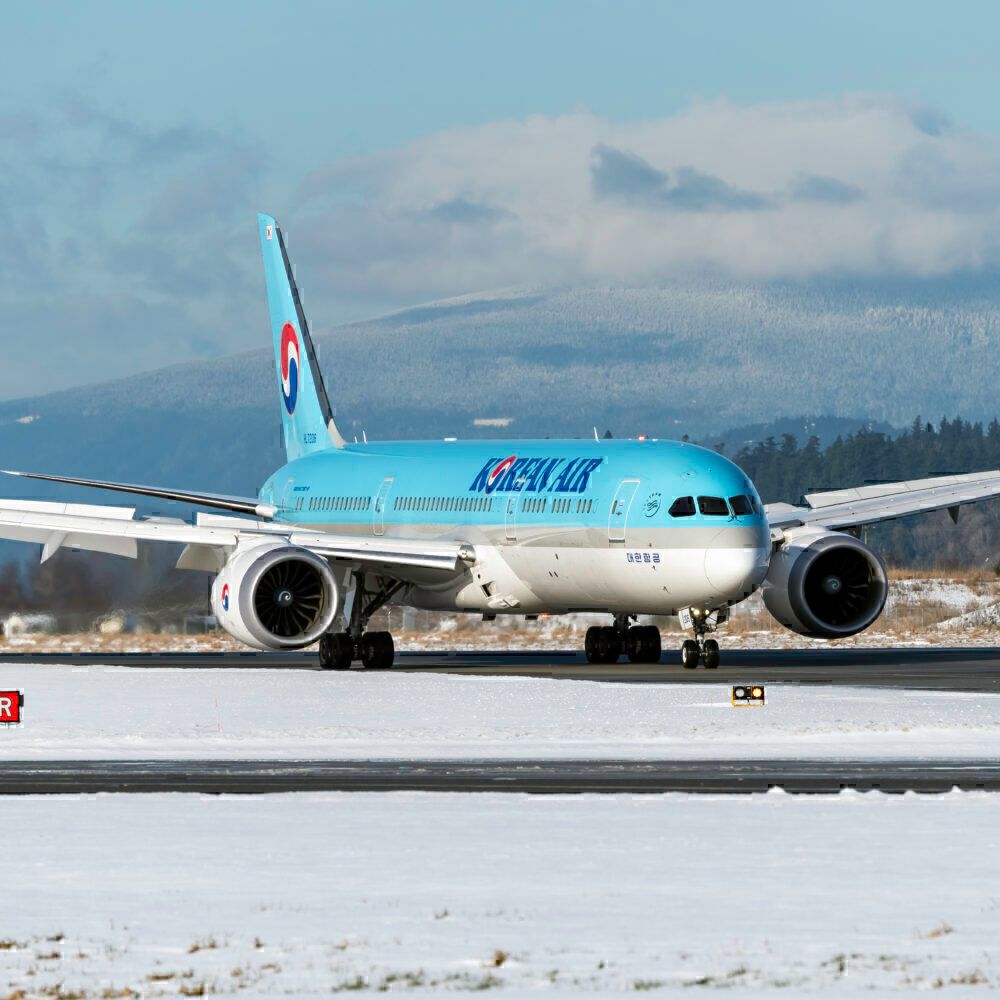In just over 70 years, Seoul-based Korean Air has grown to become one of the largest airlines in the world. Today, it flies to over 120 destinations with a diverse fleet of 162 aircraft, which includes both the Airbus A380 and Boeing 747-8. But as its unusual history attests, the Korean Air story is one of recovery and redemption.
Korean Air traces its origins back to 1948 when an airline called Korean National Airlines operated its first passenger flight between Seoul and Busan. However, the Korean War disrupted the privately-owned airline operations, and services did not resume until 1952, with a handful of Douglas DC-3 and DC-4 aircraft.
The South Korean Government nationalized many businesses to drive economic growth, including Korean National Airlines in 1962. As part of this process, the carrier's name was changed to Korean Air Lines. Yet by 1969, the government had gone on to sell Korean Air Lines to the Hanjin Group, which has retained ownership ever since. Hanjin rebranded the airline to Korean Air.
At the time, there were just eight aircraft in the fleet. However, shifting Korean Air back into private hands spurred growth at the airline, and in 1971, the Boeing 707 was introduced. As a result, Korean Air began to spread its wings, expanding its route network across the Pacific.
The arrival of the Boeing 747
In April 1971, Korean Air launched a trans-Pacific cargo route, flying Seoul–Tokyo–Los Angeles, becoming the first South Korean airline to operate flights to North America. The following April, Korean Air began regular passenger flights to North America, flying Seoul–Tokyo–Honolulu–Los Angeles.
Initially, the Boeing 707 operated these flights, but in 1973, Boeing 747s began arriving at Korean Air. They replaced the 707s on flights to Los Angeles and, in 1975, allowed the airline to start its first flight to Europe - in March of that year, Korean Air began flying to Paris.
It is worth noting that airspace around South Korea was heavily restricted at the time, and Korean Air's planes could not fly over North Korea or the USSR. That ban would eventually have catastrophic consequences. In the meantime, the airline's Europe-bound flights operated via North America, flying Seoul-Anchorage-Paris, for instance.
In the mid-1970s, Korean Air introduced some Airbus aircraft into its fleet for the first time, bringing in the A300. These aircraft were mostly used on routes across North Asia. By 1979, the airline had started flying to New York.
Steady growth towards the end of the 20th century
In 1984, Korean Air unveiled a new brand identity, including the stylized Taegeuk design, which has been retained ever since. For the airline, much of the 1980s was characterized by steady growth and the growing role of the Boeing 747. The 1988 Seoul Olympics also shone the spotlight of the world on South Korea, and, therefore, its national carrier.
In March 1995, Korean Air took delivery of its 100th aircraft - a Boeing 747-400. The airline also began flying to China, adding flights to Beijing, Tianjin, Qingdao, Shenyang. This was significant, given the historical animosity between the two countries.
The airline's 747s have more recently been put to other uses, with some being converted to cargo aircraft, and even one being donated to the California Science Center Foundation:
Overcoming a lousy safety record
Korean Air has a pretty impressive reputation today, but in the 1980s and 1990s, that was not the case, and the airline's history has been marred by numerous safety issues. In fact, the airline's reputation had become so poor, that Delta Air Lines and Air France dropped Korean Air as a codeshare partner in 1999.
One of the most notorious incidents took place on September 1st, 1983, when a Korean Air Boeing 747 operating a passenger flight from New York to Seoul via Anchorage was shot down by a Soviet Su-15 interceptor after the jet allegedly breached USSR airspace. Two hundred and sixty-nine people died. A series of other accidents involving 16 aircraft and costing over 700 lives between 1970 and 1999 didn't do the airline's reputation any favors.
Much of the problem was attributed to cultural issues at the airline, where people were afraid to speak up and report problems. That began to change with a decision around 20 years ago to start putting safety first. A new CEO came in and began to clean up the airline and its dysfunctional culture. Among the key safety initiatives was encouraging junior employees to raise an issue without fear of retribution.
An impressive rebound
Korean Air has spent much of the last two decades improving its reputation. This is something that it has done extremely well, to the point that today, most people would confidently board a Korean Air flight. It helps that new generations of passengers have come through who don't recall the bad days at Korean Air, and it also helps that the airline's modern-day inflight product is now top-tier.
The airline was one of the founding members of the SkyTeam alliance in 2000, along with Delta Air Lines, Air France, and Aeroméxico. In 2011, Airbus A380s began landing at the airline, further consolidating Korean Air's reputation as a serious, long-haul airline. Korean Air has successfully transformed itself into one of the best airlines in the world, and is one of only ten carriers to be labeled as a 5-star airline by Skytrax.
It is also a testament to what good management and significant cultural change can do. Korean Air is currently trying to take over its competitor, Asiana Airlines, and a decision on whether the merger can go ahead is expected imminently. If it does, it will open up a host of new opportunities for the South Korean flag carrier.
The last seven decades have not always been an easy ride for Korean Air, but the airline's recovery and rebranding into one of the world's top carriers has been nothing short of remarkable. Today, Korean Air operates a fleet of 162 aircraft, based at Incheon International Airport (ICN). The airline also has a further 72 aircraft on order, including 29 787s, which will help it to grow its long-haul reach even more.
What do you think of Korean Air's turbulent history? Have you flown on the airline? Share your thoughts and experiences by commenting below.
Sources: ch-aviation, Reuters

